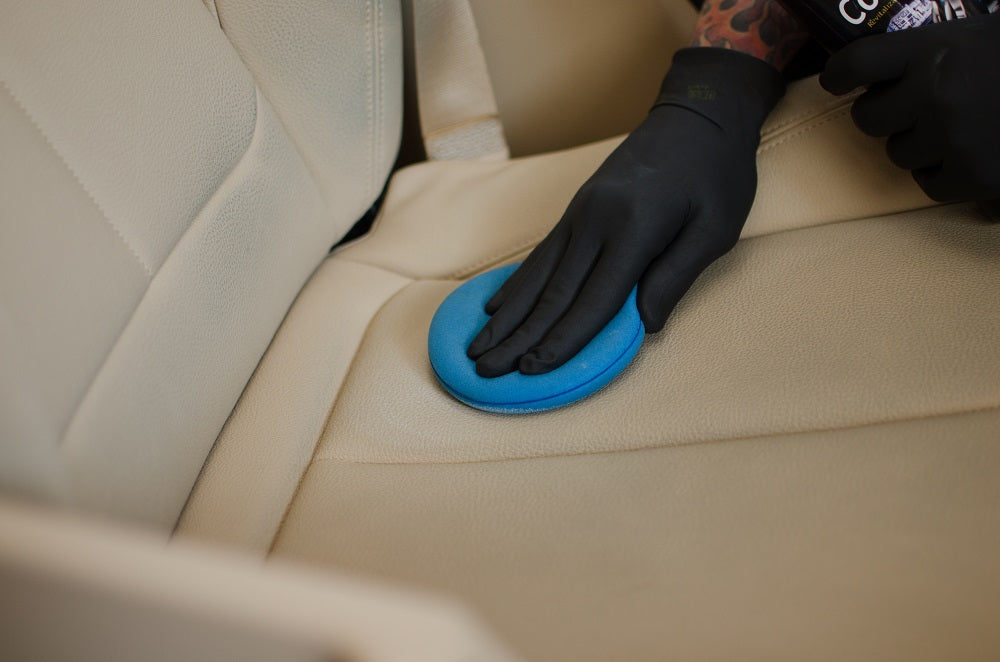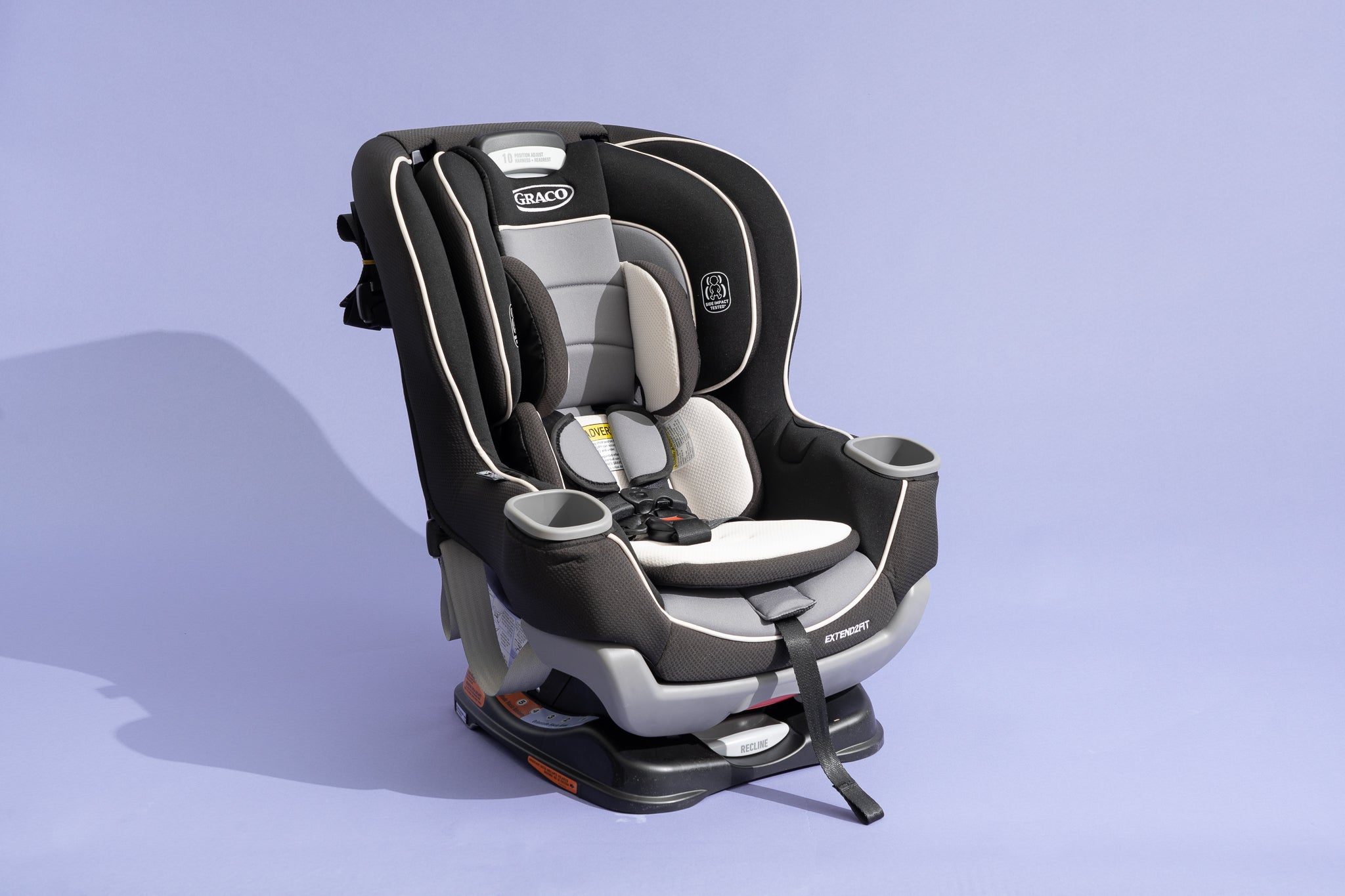Does Insurance Cover Car Seat Replacement After an Accident?
Introduction
Car accidents can be traumatic experiences, and they often result in significant damage to vehicles and personal belongings, including child car seats. Child safety is a top priority for parents and caregivers, and one crucial safety component in a vehicle is the child's car seat. After an accident, many parents wonder if insurance covers car seat replacement. In this comprehensive guide, we'll explore the ins and outs of whether insurance policies typically cover car seat replacement after an accident and provide tips for navigating this process.

Chapter 1: The Importance of Child Car Seats
Child car seats are essential safety devices designed to protect infants and children in the event of a car accident. They are meticulously engineered to provide maximum protection by distributing crash forces and reducing the risk of injury. Given their critical role in child safety, it's vital to ensure that car seats are in excellent condition.
Chapter 2: Understanding Insurance Coverage
When it comes to insurance coverage, it's essential to recognize the different types of insurance policies that may apply to car seat replacement after an accident:
-
Auto Insurance: Your auto insurance policy typically covers damage to your vehicle and personal property in the car, but it may not explicitly mention car seats.
-
Homeowner's or Renter's Insurance: In some cases, these policies may cover personal property, including car seats, if they are damaged in an accident, even if the accident occurred outside your home.
Chapter 3: Types of Car Accidents and Coverage
The coverage for car seat replacement can depend on the type of car accident:
-
At-Fault Accidents: If you were at fault in the accident, your auto insurance may cover the replacement of car seats as part of property damage claims, subject to your policy's terms and deductible.
-
Not-At-Fault Accidents: If the other driver was at fault, you can seek reimbursement from their auto insurance for car seat replacement, provided their policy includes property damage coverage.
Chapter 4: Reviewing Your Auto Insurance Policy
To determine whether your auto insurance covers car seat replacement, carefully review your policy. Consider the following factors:
-
Policy Language: Look for any mention of car seats or child restraint systems in your policy. Some insurers may specifically include coverage for car seat replacement.
-
Deductible: If your policy covers car seat replacement, you may still be responsible for paying your deductible before insurance kicks in.
-
Coverage Limits: Check for any limits on the coverage amount. Some policies may cap the reimbursement amount for car seats.
Chapter 5: Filing a Claim
If your auto insurance policy covers car seat replacement and the accident falls within the terms of your policy, follow these steps to file a claim:
-
Contact Your Insurer: Inform your auto insurance company about the accident as soon as possible. They will guide you through the claims process.
-
Provide Necessary Documentation: Your insurer may require documentation, such as a copy of the police report, photos of the accident, and receipts for the car seat's purchase and replacement.
-
Follow Instructions: Adhere to your insurer's instructions for submitting a claim and any required paperwork.
Chapter 6: Notifying the Manufacturer
In addition to insurance considerations, it's crucial to notify the car seat manufacturer after an accident, even if your car seat shows no visible damage. Many car seat manufacturers have policies that recommend replacing the car seat after a moderate to severe accident to ensure its continued safety performance.
Chapter 7: Replacement Car Seat Selection
When selecting a replacement car seat, prioritize the safety and suitability of the seat for your child. Consider factors like your child's age, weight, and height, as well as the type of car seat (infant, convertible, booster) that is appropriate for their stage of development.
Chapter 8: Child Passenger Safety Inspection
Once you've installed the replacement car seat, consider having it inspected by a certified child passenger safety technician. These professionals can ensure that the seat is correctly installed and that your child is secure, providing you with peace of mind.
Chapter 9: Conclusion
While insurance coverage for car seat replacement after an accident can vary depending on your policy and the circumstances of the accident, it's essential to review your auto insurance policy and communicate with your insurer to understand your coverage options. Child safety is paramount, and ensuring that your child has a safe and properly installed car seat is a critical step in protecting them while on the road. If you have any doubts or questions about your insurance coverage, don't hesitate to reach out to your insurance provider for clarification and guidance.



